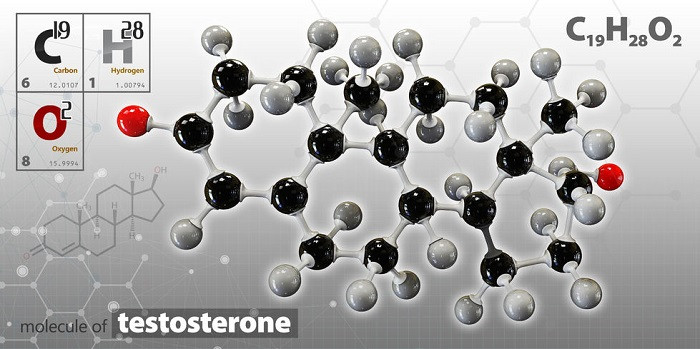Testosterone detection in human serum - doping analysis
Detection of testosterone misuse in human serum by carbon isotope ratio mass spectrometry - Athlete Biological Passport

New Publication
26th September 2024
Piper T, Thevis M. Improving the Determination of Carbon Isotope Ratios of Endogenous Steroids Found in Human Serum. Drug Test Anal. 2024 Sep 16. doi: 10.1002/dta.3793. Epub ahead of print. PMID: 39279345.
Abstract
The determination of serum concentrations of testosterone (T) and 4-androstenedione (A4) was implemented into the steroidal module of the Athlete Biological Passport in 2023. Monitoring T, A4, and the ratio of T/A4 in a longitudinal manner enables the detection of the misuse of low-dose T administrations especially in female athletes, whereas urinary markers of the steroid profile may not be influenced significantly. In contrast to the urinary steroid profile, knowledge on confounding factors regarding serum concentrations of T and A4 is yet comparably scarce, and corroborating exogenous sources of the target analytes by isotope ratio mass spectrometry (IRMS) is desirable. In a recent study, it was demonstrated that carbon isotope ratios (CIRs) of serum steroids can be determined if analyte concentrations permit. The therein-employed method utilized 2D-GC/IRMS, and only a limited number of potential endogenous reference compounds were available. The here-presented approach uses complementary analyte purification strategies, addressing previous limitations. A high-performance liquid chromatography cleanup was developed and fully validated for serum steroids in order to enable all doping control laboratories to potentially implement this method alongside existing protocols for urinary steroids. Besides the already-investigated endogenous steroids cholesterol, dehydroepiandrosterone sulfate, androsterone sulfate, and epiandrosterone sulfate, two additional steroids were included in the test menu, namely, pregnenolone sulfate and 5-androstene-3β,17β-diol sulfate. Serum steroid concentrations down to 25 ng/mL were found to allow robust CIR determinations, and a reference population encompassing 124 male and female athlete samples was investigated to enable the calculation of population-based thresholds for all relevant steroid combinations.